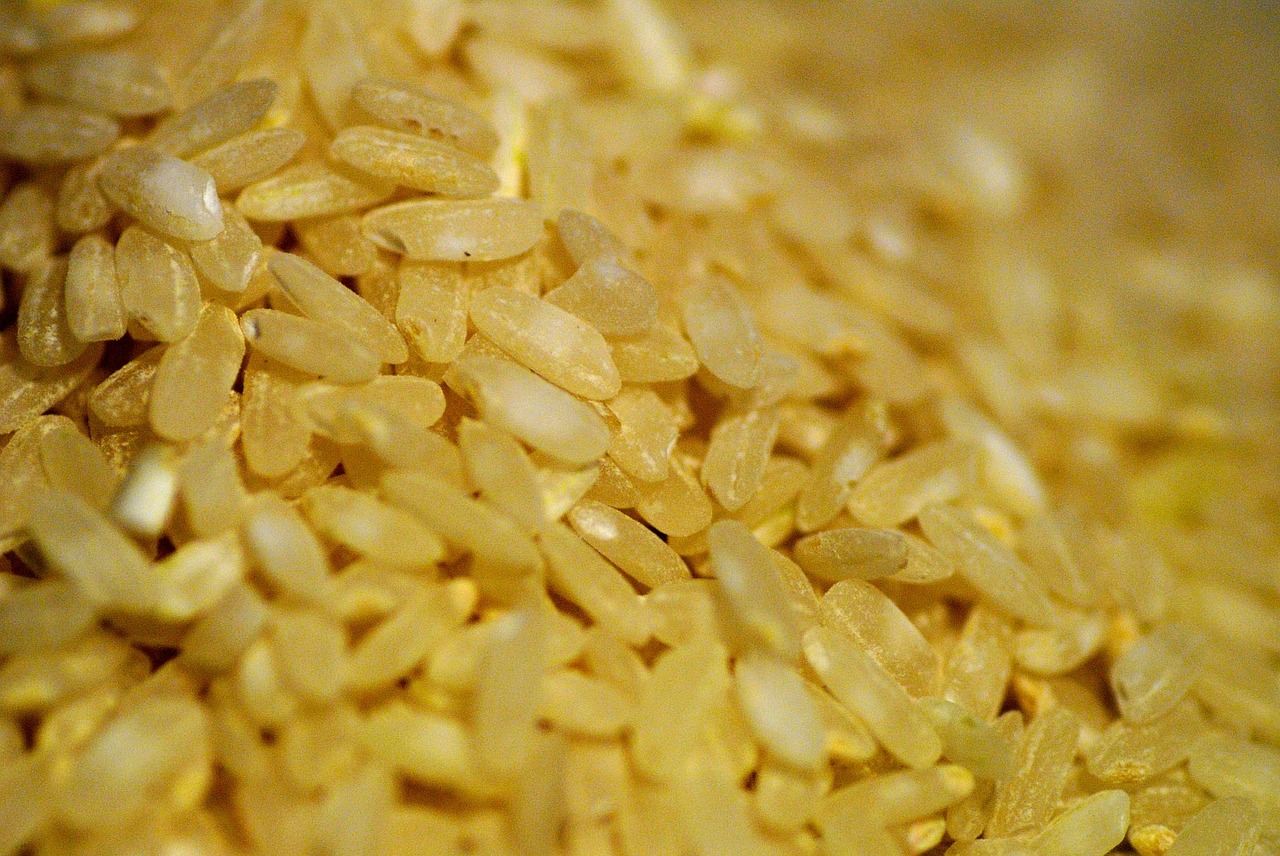Is brown rice really healthier than white rice? Let’s find out.
- White rice: having husk or outer brown layers removed
- Brown rice: rice from which the bran layers and germs have not been removed by polishing.
As we can see from the definitions, white rice is brown rice – that has had outer layers removed. With brown rice, only the husk is removed; the bran and germ are kept in tact.
What does that mean for us, then? What is lost during the processing of white rice, with the bran and germ gone?
WHFoods.com – one of my favorite, highly reputable websites I use – explains what we lose quite clearly: “The complete milling and polishing that converts brown rice into white rice destroys 67% of the vitamin B3, 80% of the vitamin B1, 90% of the vitamin B6, half of the manganese, half of the phosphorus, 60% of the iron, and all of the dietary fiber and essentially fatty acids.”
They do go on to admit that white rice is required in the US to be “enriched” with vitamins B1, B3, and iron. But still, multiple other healthful properties are not replaced: “The resulting white rice is simply a refined starch that is largely bereft of its original nutrients.”
In their World’s Healthiest Food’s book (by the same creator as the website, George Mateljan) it is emphasized that rice is not created equal; consequently, only brown rice is included in their extensive healthy food list.
The book goes on to describe the many health benefits that can be reaped from brown rice: maintain optimal weight, control high blood pressure, protect against kidney stones, promote heart health, and take advantage of strong antioxidants and dietary fiber.
The only advantage that white rice appears to have over brown is that it can be quicker to cook, and it’s more aesthetically pleasing.
There are some who advocate for white rice over brown. A blog post on Details.com points out that starchy foods such as white rice, potatoes, pasta, white bread, etc, are only a problem if you overeat them. With white rice, there is a low number of calories per food unit, which essentially means it’s difficult to over-consume.
ButterBeliever.com insists that the germ in brown rice is susceptible to rancidity, which can lead to problems in the body. And that people don’t really need the extra fiber that’s in the bran, anyway.
However, I’m going to stick to the notion that brown rice really is better than white rice, health-wise. Too many vital nutrients are lost in the conversion to white rice to argue otherwise.

Comments
2 responses to “Difference between: white rice and brown rice”
Why would it be healthier to clean off what is good and then replace it with the same–but manufactured vitamins? I often mix the two for palatability and my favorite is Wild Rice.
What is not mentioned here is the problem with arsenic and other contaminants now is all commercial rice. People need to rinse and rinse and use lots of water when cooking rice so it is safe to eat. Ain’t life grand?
Wow! At last I got a webpage from where I know how to really obtain useful information regarding my study and knowledge.